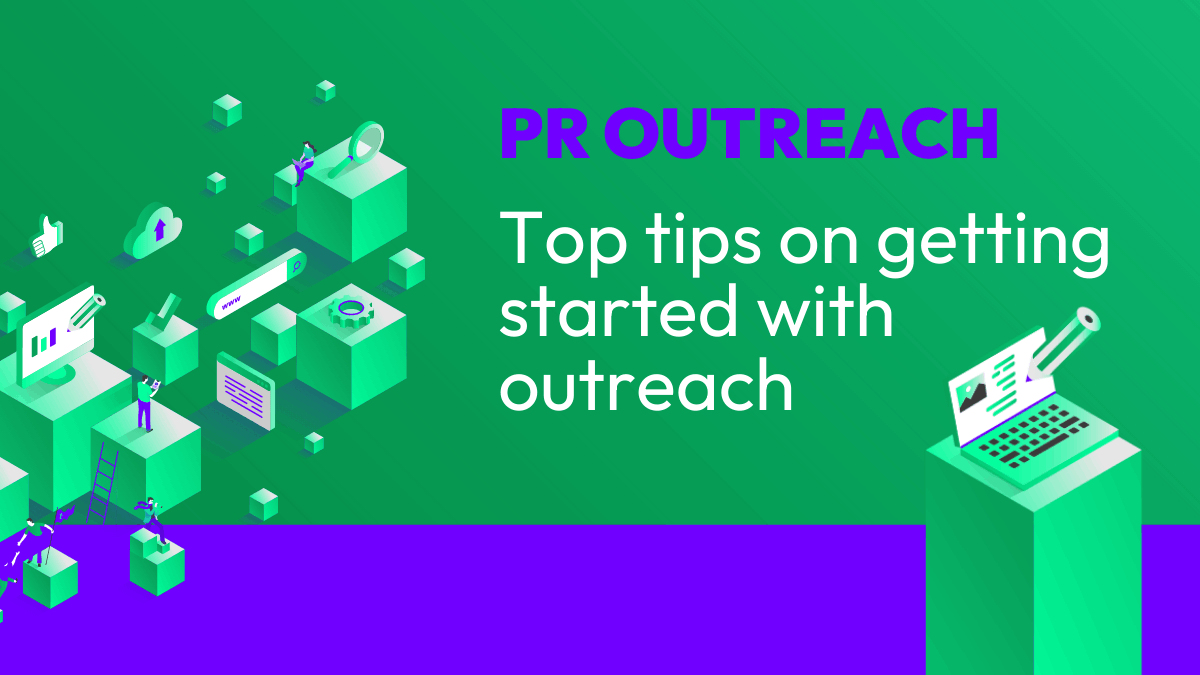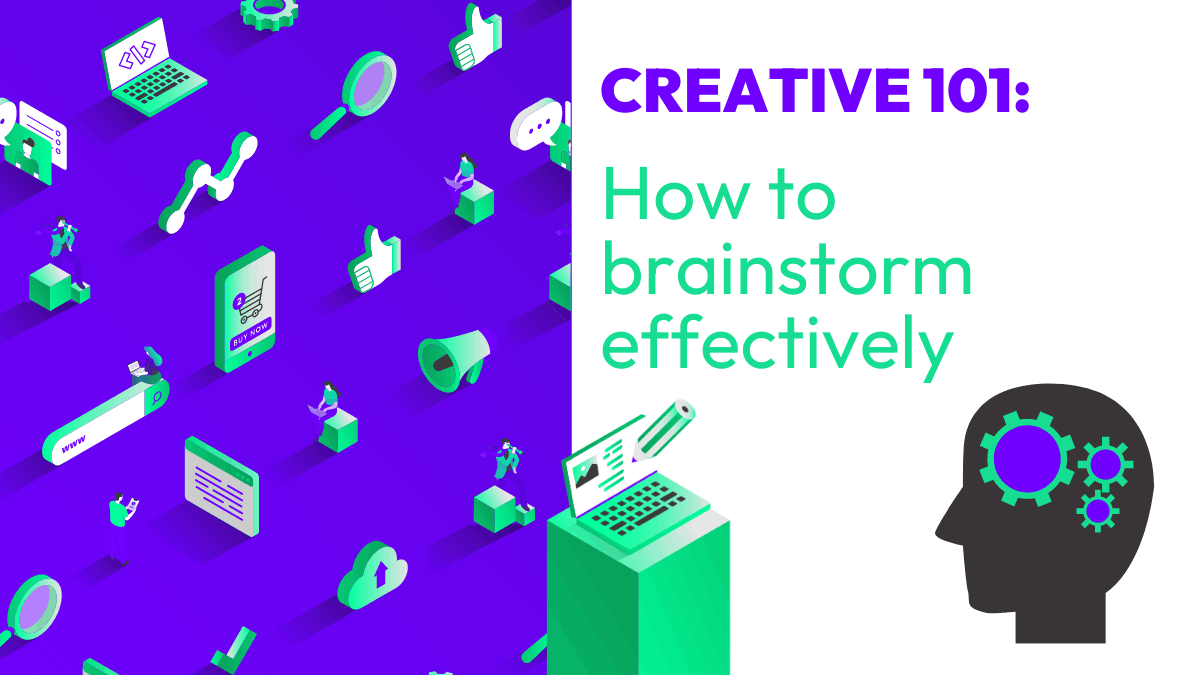
Digital PR campaigns are often focused on creating content. Whether it’s a huge data-led piece or a quick reactive comment for a breaking news story. Content tends to be the main asset campaigns will harness to generate the best results for your media pitches.
But what happens if all of your efforts are gone to waste because your PR outreach process isn’t up to scratch? In this article, we’re going to guide you through arguable one of the most important parts of PR – communication. We’ll talk you through:
- Why is outreach so important?
- Getting started with outreach.
- Who should you outreach to?
- Building relationships with PR outreach.
Why is PR outreach so important?
Distributing the content you’ve created should be a curated process and you shouldn’t rush it. A lot of the time a lot of thought and effort has gone into content creation, so it should be treated properly and not just slingshot into random inboxes with the hopes of getting press coverage.
Outreach emails are also often the first initial contact a brand or business will have with a journalist, so it’s important that it’s well-conducted, non-intrusive and genuinely helpful.
Overall, communication is at the very heart of content marketing strategies and can be the difference between brilliant results and content dying quickly, so it’s important to take time and care.
Getting started with PR outreach
Getting started with your PR outreach is a relatively simple process that should be focused on the business or brand’s specific industry and the content that’s been created. Outlining exactly the target audience that it will be relevant for in both publications and their readers is absolutely essential and will decide on how successful your PR outreach will be.
The beginning phase will require a suitable form of communication, whether it’s in the shape of a press release or a quick email pitch offering larger forms of content upon request. Decided on the form should depend on the type of content and the size of the publication or media outlet – data-led pieces should have larger releases attached to an email and bigger publications are often busier so keeping it short and sweet is better.
These types of considerations can be time-consuming, but can sometimes mean the difference between meida coverage and a positive relationship with the publication, and no response and a lack of results.
Who should you PR outreach to?
Determining if a publication and its media workers are relevant to what you’re discussing is very important if you’re going to build good relationships and avoid annoying people on behalf of the brand or business you’re working for. It’s not enough to gather contact information and find email addresses of any journalist who has reported on something similar recently – that is a sure-fire way to get low-quality results.
The experts at Tecmark suggest mind-mapping relevant niches and other elements that are applicable to both the content and the brand or business. From here, you can create a media list in which key contacts and publications are stored.
This detailed account means you can track who is enjoying the content you’re sending, and also helps you to monitor who has been contacted so you can avoid overloading them too often and crowding up their inboxes.
From here, PR outreach can come in the form of social media messages, emails or even phone calls. Tecmark also suggests using emails to communicate with media workers unless the person has specified otherwise, as you can include a wider variety of content in different formats.
Building relationships with PR outreach
Building relationships with PR outreach is a valuable outcome of the outreach process, aside from link building, raising awareness, gaining brand mentions, and earning coverage.
Relying on good working relationships with journalists is a great idea, but it doesn’t just come naturally. You have to provide good quality content that is relevant to them and their readers and is genuinely useful beyond filling a blank spot on a web page. Quick turnaround, helpful answers to questions and consistency is key and will lead to you being able to harness the power of a publication’s voice and gaining access to their attentive audience.
This type of positive relationship built on trust can result in journalists and media workers contacting you for your brand or business’ input, rather than another way around, opening a door straight into the news cycle.
However, if you don’t build these relationships, a negative relationship can be formed which can have a detrimental impact on any PR outreach efforts. Distributing content that isn’t useful or relevant and inundating media workers with endless emails, calls or messages will develop a bad reputation and can even end up with you being blacklisted from an entire publication’s inbox.
To avoid this, we highly recommend you do the following:
- Ensure all of your content is highly relevant and is appropriate for the media worker you’re sending it to.
- Have your content easy and digestible with the main takeaway points at the very top to keep it straightforward.
- Make sure all of your PR pitches have a unique subject line to grab attention.
Get in touch with Tecmark today!
Like what we had to say and want to learn more? Check out our LinkedIn or TikTok for the latest and hear more from our expert team on digital PR tips and tricks for you to check out in our brand new e-guide!
Our Manchester SEO team also has expert insight and advice about all things SEO, from technical SEO to website migrations, we can clue you in and boost your business with our fine-tuned processes. Get in touch with us for a chat about how we can help, today!


